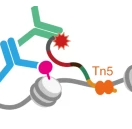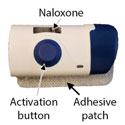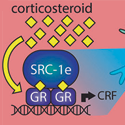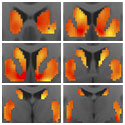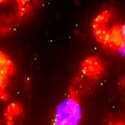A chromatin integration labelling method enables epigenomic profiling with lower input. Nature Cell Biology.
Here in the article, authors introduce chromatin integration labelling (ChIL), a technique that combines immunostaining, transposase tagging and linear amplification for low-input epigenome/protein-binding profiling even from single cells. Using ChIL followed by sequencing (ChIL–seq), authors reliably detected the distributions of histone modifications and DNA-binding factors in 100–1,000 cells. [Read More]
